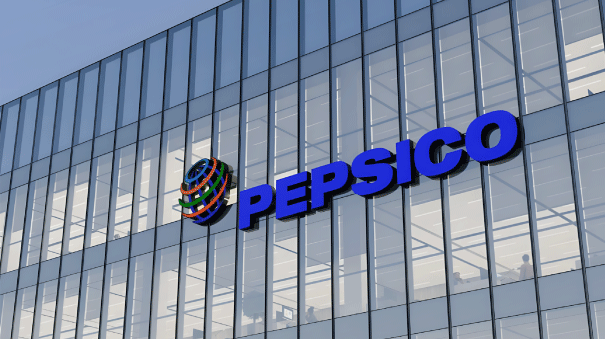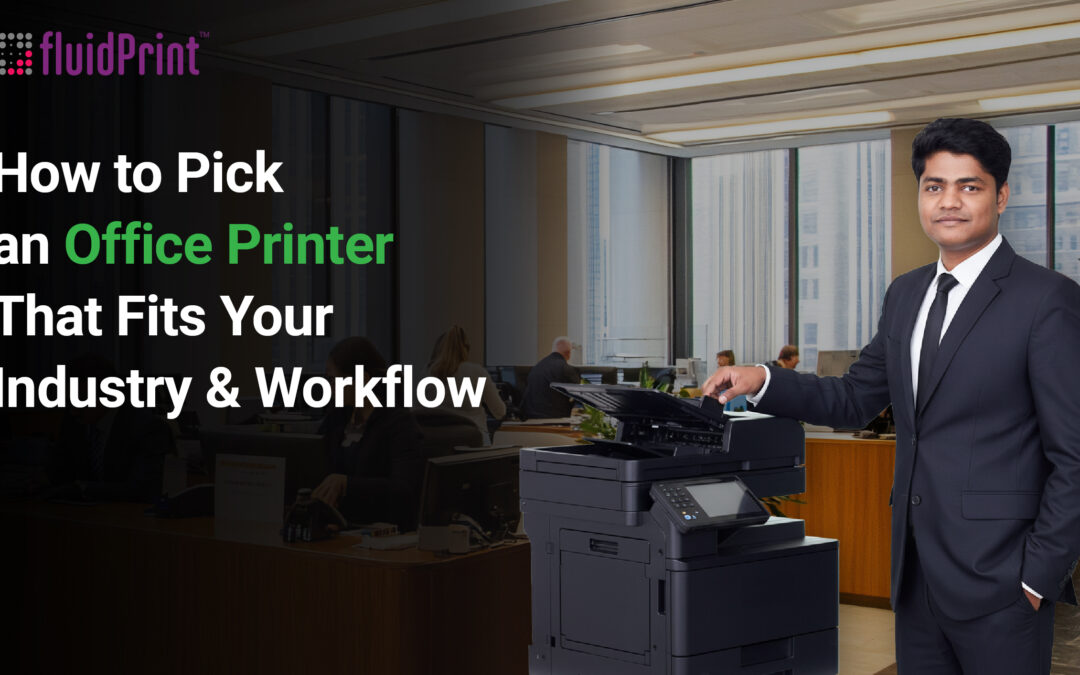Before you decide, take a moment to evaluate how much you print, who does most of the printing, how sensitive your data is, and how your business might grow in the next few years. Buying a printer that exceeds your actual requirements can tie up capital, space, and resources. So, it’s important to make the right decisions that are aligned with the expected outcomes.
Here are five essential questions to guide your decision.
1. What do you print, and how does it simplify your work?
Start by looking at what your teams actually print — and how often.
- In a bank or insurance firm (BFSI), daily document handling might involve loan forms, policy documents, or customer KYC records. You will need reliable, secure printers that can manage bulk jobs efficiently.
- In a manufacturing setup, barcode labels, invoices, and shipment records dominate print tasks — so durability and speed are key.
- In education, you might need versatile printers for reports, handouts, and ID cards.
If your needs are limited to simple text documents, a standard commercial printer could be ideal. But if you regularly print architectural drawings, marketing materials, or product schematics, go for specialized models like high-resolution printers.
Modern multi-function printers (MFPs) also streamline everyday operations, from scanning and emailing to auto-routing documents to the right department. Some even support digital workflows, making them a perfect fit for remote or hybrid teams.
2. How should you plan your print related investment? Should you buy, lease, or opt for managed print services?
Your purchase decision doesn’t have to be all or nothing.
- Startups and SMEs often find leasing more practical because it avoids heavy upfront costs and ensures predictable monthly expenses.
- Enterprises in sectors like healthcare or BFSI, which deal with continuous print demand, can benefit from Managed Print Services (MPS) — a pay-per-use model where the provider handles maintenance, toner supply, and support.
- Manufacturers or logistics firms can opt for rental models to quickly scale print capacity during seasonal spikes.
Leasing or MPS also means you can update your technology as your needs evolve, without being tied to aging hardware. It is cost-effective, eco-friendly, and ensures that your printers are always running at peak efficiency.
3. Can your printer evolve with your business?
As your business grows, your print needs will too. The printer you buy today should be flexible enough to adapt tomorrow.
- A design or media agency might begin with small-format prints but later need support for thicker media, color calibration, or finishing tools.
- A hospital or diagnostic center might want to add scanning integration with EMR systems later.
Choose devices that allow modular upgrades, whether it’s additional paper trays, security enhancements, or workflow automation features. A scalable printer not only saves you from frequent replacements but also futureproofs your print environment.
4. How fast is the service response when something goes wrong?
A printer breakdown is more than a technical issue — it’s a productivity roadblock.
- In BFSI, downtime can delay loan approvals or branch operations.
- In manufacturing, it can stall dispatches and affect supply chains.
- In hospitals, it can even interrupt patient record access.
That is why reliable service support is non-negotiable. Ask your supplier about their average response time, preventive maintenance schedules, and escalation process. Consider working with partners who offer proactive monitoring or remote diagnostics, these can minimize downtime and keep your workflows running smoothly.
5. How secure is your printing environment?
Printers are no longer standalone devices — they’re connected endpoints on your network. And that means they’re potential targets.
- Banks, insurance firms, and government offices handle sensitive data that must remain confidential. A weakly secured printer could expose this data to hackers or leaks.
- In healthcare, patient information is protected under strict privacy laws — one breach can lead to regulatory trouble.
- Even in education or manufacturing, internal designs or student records can be compromised.
Look for printers with built-in security features like user authentication, encrypted data transmission, and automatic data deletion after printing. A secure print setup ensures that confidential information stays protected from both digital and physical risks.
Final Thoughts
Printers have evolved from being simple paper output machines to smart devices that integrate with your entire workflow. The challenge now isn’t finding a printer — it is finding the right one for your industry, your team, and your future needs.
By asking these five questions, you’ll not only identify the right fit but also save costs, improve productivity, and secure your data.
Whether you need a high-volume print fleet for a financial institution, a durable label printer for manufacturing, or a scalable print automation setup for modern workplaces, Wepsol can help.
Our fluidPrint services bring together flexibility, security, and cost efficiency, so your print environment grows as your business does.

